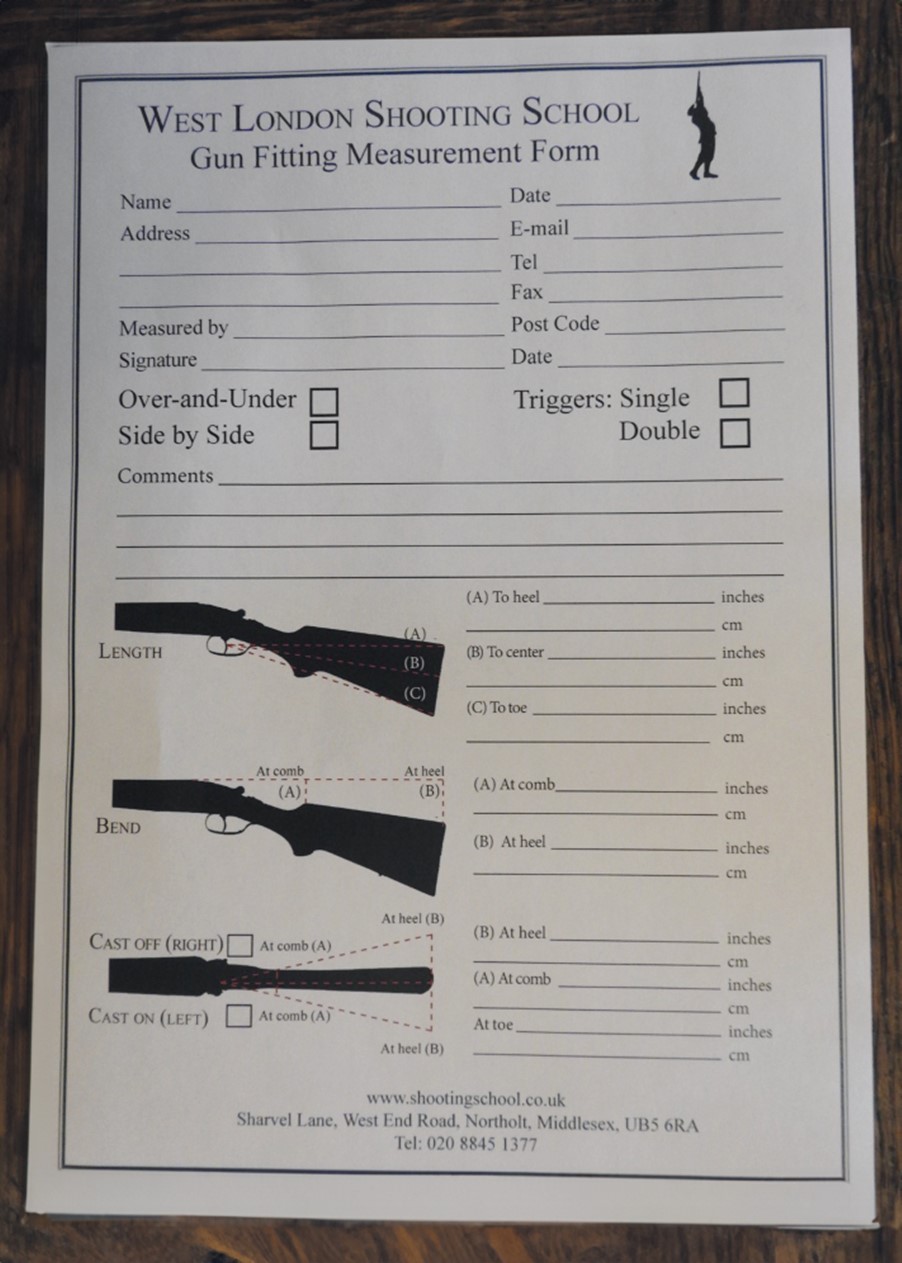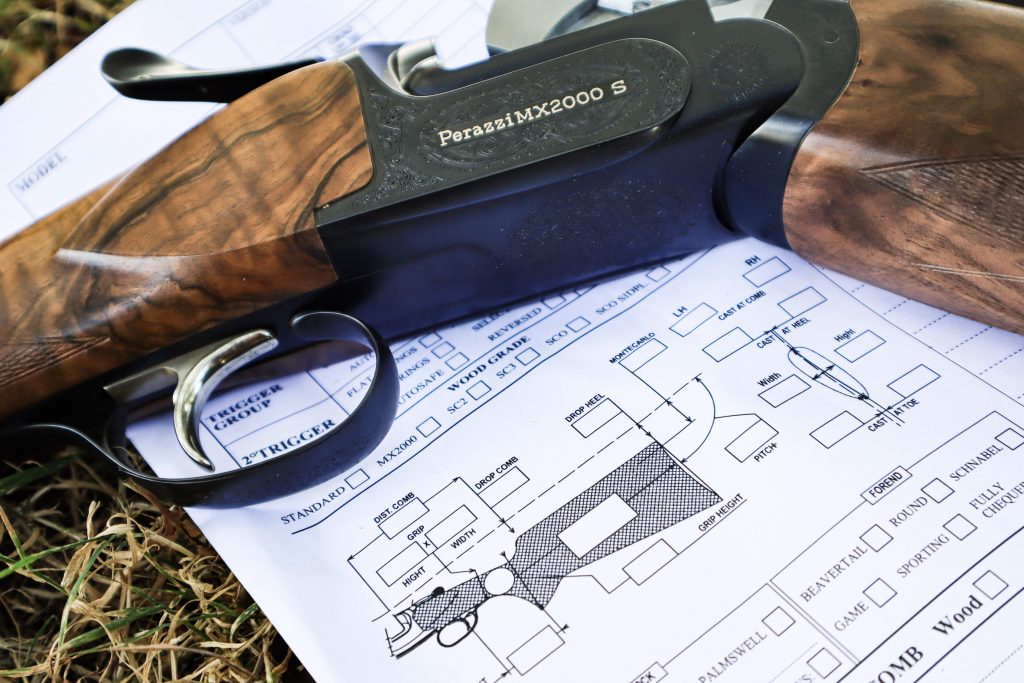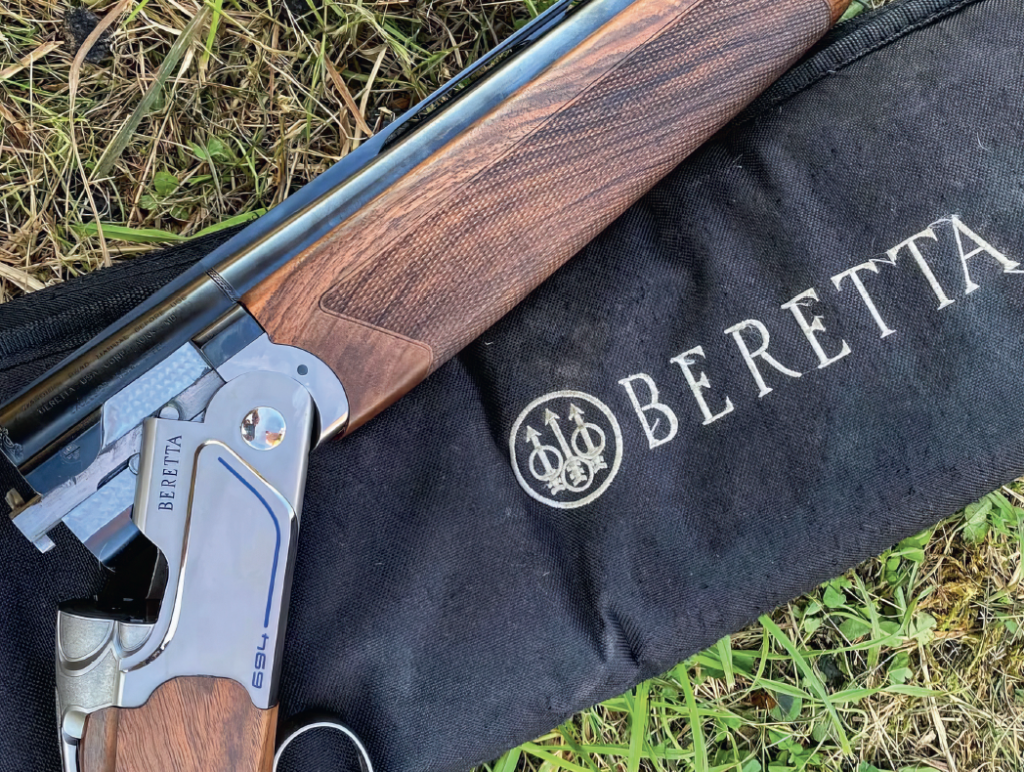Suits you sir
Mark Heath explains the importance of a well-fitted shotgun and why proper fitting and minor adjustments by a skilled gunsmith can be affordable and beneficial
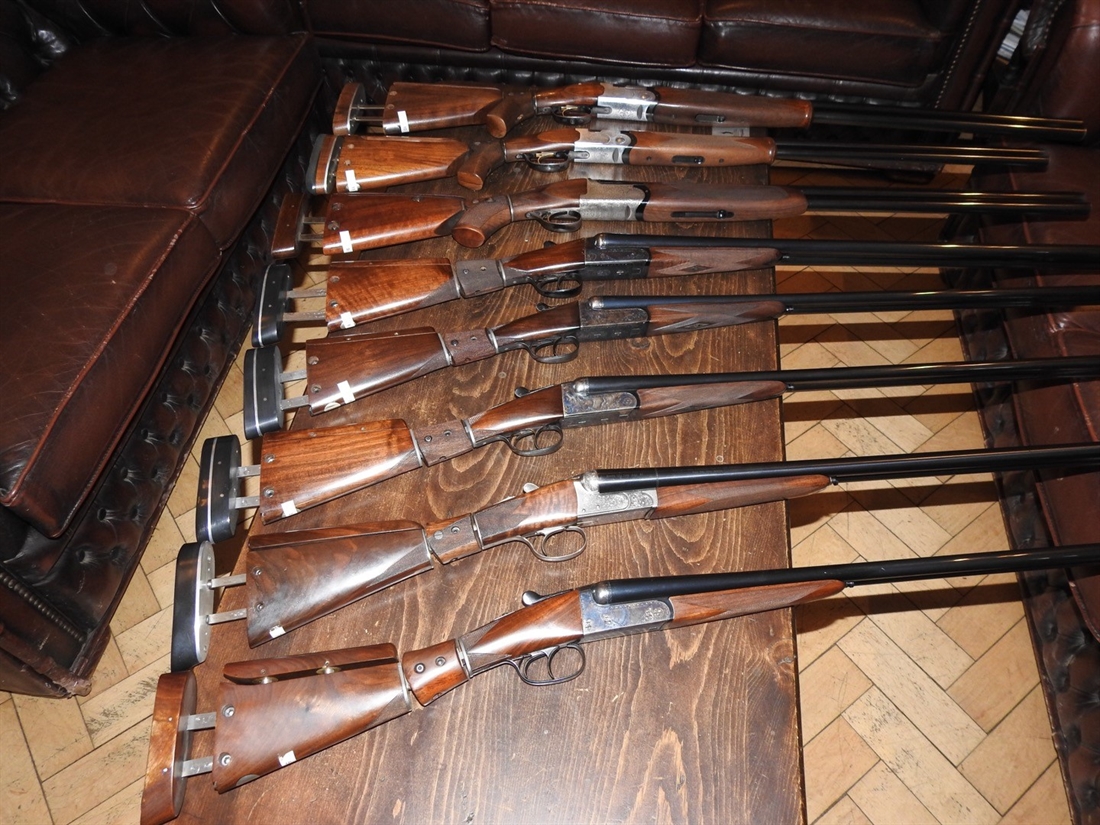
We have had a look at safety and last month we worked through how to avoid bumps and bruises from a poor gun mount. So logically this month we will go through the various aspects of gun fitting. Why should you go to the trouble of having your gun fitted? Shotgun shooting, whether game or clays, is a hand-eye coordination sport that requires the gun to shoot where you are looking. If the length is wrong you will not be as comfortable as you need to be. If the comb is too high the gun will shoot high and the contrary if it is too low. If the cast is wrong the gun is likely to shoot either to the left or the right.
Confidence builder
If you are going to enjoy your sport, it’s best not to make things difficult for yourself. A fitted gun is a pleasure to shoot and helps build confidence.
The art of gun fitting is in my view good judgement backed by experience and training. That experience is something that makes fitting guns routine and familiar. This ensures that the right judgement becomes second nature and the outcome a positive experience for the client. Because the skill is tried and tested pretty much every working day, the fitting of guns of every description becomes second nature. It also requires the right equipment in terms of the try gun, and shooting facilities where the measurements on the try gun can be tested over a variety of targets. We currently are using 12 try guns in 28, 20 and 12 bore, both over-and-under and side-by-side.
People often ask how they should be able to tell if their gun fits properly. The simplest answer is that you probably will not know for sure. You may have an indication in that you shoot well with the gun, however this might be in spite of the fact that the stock is not quite the correct length, or the cast or drop is slightly out. You may simply have adapted to the gun.
It’s very difficult to determine whether a gun fits when it is mounted in a shop. Often a shooter, especially if inexperienced, will mount the gun poorly or differently when dry mounting as opposed to when actually shooting. And of course you can’t test the advice being given by shooting the gun. The perception is that gun fitting and alteration cost a fortune and that once the measurements have been obtained it means thousand of pounds to have a new stock made. This is almost always not the case. The cost comes in two parts. First is the actual fitting at a shooting school using a try gun. The advantage of having a proper fitting is that because you have shot the try gun with your measurements, you will be confident at the conclusion that the measurements will be correct. The cost of this can vary, but we charge the price of a single lesson. If taken as part of a course of lessons, the cost is lower.
The second part of the cost is the alterations to the gun. This is highly dependant on how much needs to be done. If it’s just one movement – cast, drop or length – the cost may be just a couple of hundred pounds or less. If you decide on some small luxury such as a leather covered pad, the costs will go up. The vast majority of standard guns can be adjusted by a skilled gunsmith/stocker to meet a wide range of measurements.
A myth that is quite common is that all female shooters need a high comb to shoot well. Not all women have cheekbones the height of the Grand Canyon and some male shooters would benefit from the stock measurements of a ‘lady’s gun’.
A high proportion of female shooters are actually more suited to a properly adjusted standard gun than one with a high comb. I would also recommend a pad rather than a hard heel plate on a stock for lady shooters. Guns with hard heel plates often have 3/8″ additional measurement to the toe. The result is that a disproportionate amount of the recoil will push back into the chest, with obvious discomfort.
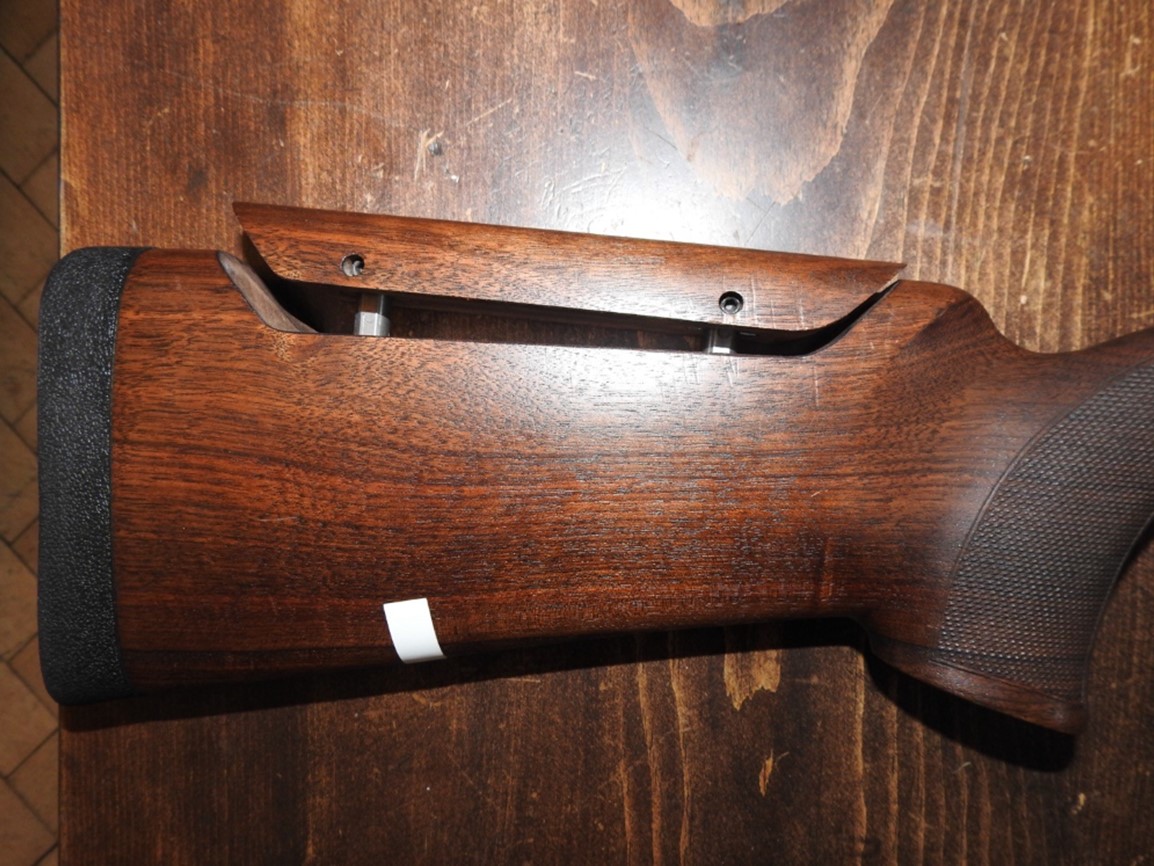
Get close to begin with
The ideal is to buy a gun where the measurements are as close to the fitting as possible so that minimum alteration is required. But there are, of course, other considerations of which gun in terms of make and model is suitable for the type of shooting you intend to do.
Instructors who fit guns every working day will know the dimensions of the main manufacturers and will be able to give you some options on which guns to consider. Where possible try with an instructor before you buy, and avoid making purchasing decisions based on the experience of another shooter with a particular brand or because the gun looks great.
Moving from an ill-fitting gun to a well- fitting one will not on its own ensure a change in your performance. If you are still struggling, invest in some lessons to get your shooting to where you want it to be.
Over-and-under and side-by-side guns need different fittings and length, cast and drop will vary considerably. A side-by-side will be longer than an over-and-under because of the double triggers and straight hand stock, the cast will be more to ensure the pupil of the eye sits in the middle of the rib, and the drop will be different as the action is shallower.
Quite regularly clients arrive at the shooting school with a competition gun with adjustable stocks and barrel/stock weights. Generally there are some fairly adventurous measurements that have been put on the gun, sometimes after some well-intentioned advice – and the client wonders why they are struggling with their new gun. We are used to readjusting the gun to suit the client, usually with an instantaneous increase in performance. Sometimes a bit of additional coaching is needed where there are technical errors with the shooting method.
If you have a significant loss or addition of body weight and your shooting performance has suffered, it worth having a lesson that includes a gun fit check. It maybe a combination of a technical shooting error and/or gun fit that requires adjusting rather than a new golden thunderstick that will do it all for you and hit every target.




